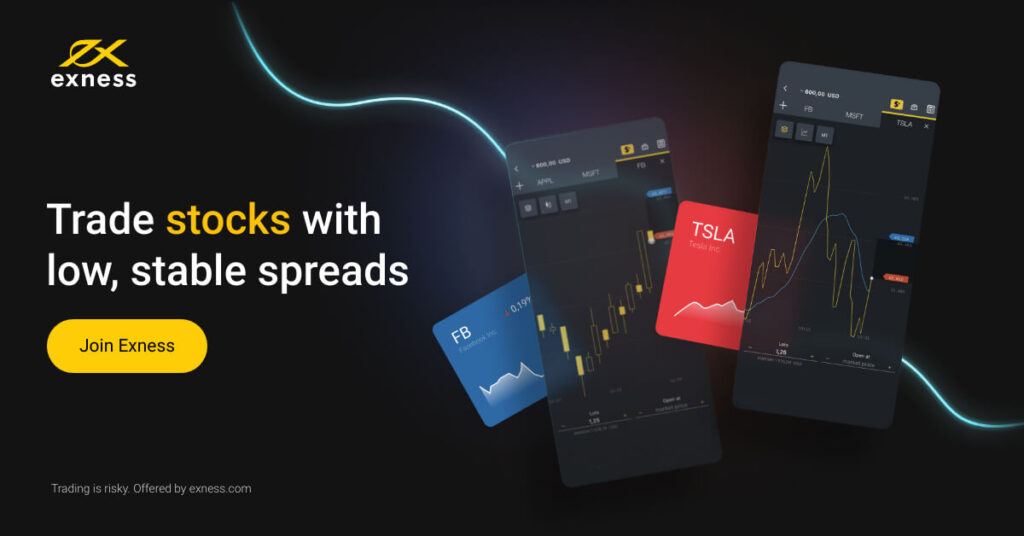Did the SEC Just Hand Bitcoin a Golden Ticket?
The approval of the first Bitcoin exchange-traded funds (ETFs) by the Securities and Exchange Commission (SEC) in October 2023 was a watershed moment for the cryptocurrency industry. Unlike previous futures-based products, these ETFs allowed investors to directly track the price of Bitcoin, potentially opening the floodgates to institutional investment and mainstream adoption.
What is the Impact on Bitcoin Prices:
- Short-term surge: Following the news, Bitcoin’s price experienced a significant jump, reaching nearly $48,000, fueled by anticipation and excitement.
- Volatility and profit-taking: However, the surge was followed by a period of heightened volatility, with prices dipping to around $45,000. This volatility could be attributed to profit-taking by investors who locked in gains after the initial price increase.
- Long-term outlook: Experts predict a positive long-term impact on Bitcoin’s price due to several factors:
- Increased demand: ETFs provide a regulated and familiar investment vehicle for institutional investors who were previously hesitant due to regulatory uncertainty. This increased demand could potentially outstrip the limited supply of Bitcoin, driving prices up.
- Enhanced legitimacy: SEC approval adds a layer of legitimacy to the cryptocurrency market, potentially attracting more traditional investors and boosting overall confidence.
- Improved liquidity: ETFs could increase the liquidity of the Bitcoin market, making it easier for investors to buy and sell, potentially reducing volatility.
However, it’s important to remember…
- The market is still young and highly volatile: Past performance is not indicative of future results, and Bitcoin’s price remains susceptible to sudden fluctuations.
- The regulatory landscape is evolving: While the SEC has taken a step forward, regulations surrounding cryptocurrency are still developing, and future changes could impact the market.
What Are The Advantages of ETFs?
ETFs, or Exchange-Traded Funds, offer several advantages over other investment options, making them popular choices for both beginner and experienced investors. Here are some key benefits:
Diversification:
- Invest in a basket of assets with a single purchase, reducing risk by spreading your eggs across different sectors or markets.
- Easy exposure to specific industries or themes, like clean energy or emerging markets.
Cost-effectiveness:
- Generally lower expense ratios compared to actively managed mutual funds, as ETFs passively track an index.
- There are no entry or exit loads, meaning you don’t pay extra fees when buying or selling shares.
Transparency:
- Holdings are typically disclosed daily, allowing for clear insights into the underlying assets.
- It is easier to understand and analyze compared to complex, actively managed funds.
Trading Flexibility:
- Traded throughout the day like stocks, offering greater control over buying and selling compared to mutual funds.
- Potential for intraday price adjustments and short-term trading strategies.
Tax efficiency:
- Due to their in-kind creation/redemption process, ETFs typically generate fewer capital gains distributions to investors, potentially reducing tax liabilities.
Additional benefits:
- Fractional shares allow investment with smaller amounts of money.
- High liquidity makes it easy to enter and exit positions quickly.
- A wide range of options is available, catering to various investment goals and risk tolerances.
It’s important to note:
- While ETFs offer diversification, individual holdings within the fund can still be volatile.
- Expense ratios, though generally lower, can vary between different ETFs.
- Not all asset classes are accessible through ETFs.
Overall, ETFs provide a versatile and cost-effective way to invest in a wide range of assets. However, as with any investment, carefully consider your goals, risk tolerance, and investment horizon before making any decisions.
Bitcoin ETF Rollercoaster: Hype vs. Reality
The arrival of Bitcoin ETFs in October 2023 was met with a mixed bag of predictions. Moreover, Optimists envisioned a price surge fueled by new institutional investors and wider adoption. After all, with only 21 million Bitcoins ever to be mined, increased demand seemed confident to push prices up.
Others, however, saw ETFs as a stability booster, potentially taming Bitcoin’s wild price swings. Then there were the “bears,” warning of a pre-approval bubble followed by a sell-off as early investors cashed out.
So, what happened with the speculated Bitcoin Explosion?
The price did jump about 10% initially. Still, the following weeks saw significant ups and downs, falling short of both dramatic bullish and bearish predictions. As of February 4th 2024, Bitcoin sits around 20% above pre-approval levels, exceeding some expectations but not quite reaching the moon.
What are the Key Takeaways:
- No magic bullet: ETFs are a positive step but not a guaranteed path to riches.
- Expect volatility: The crypto market is known for its ups and downs, and ETFs won’t change that overnight.
- Do your research: Stay aware of the hype. Understand your risk tolerance before investing.
The future of Bitcoin and ETFs remains to be determined. Still, one thing’s for sure: it’s an exciting, ever-evolving landscape worth watching.
The Dance Between Bitcoin and HIVE: Price Impact Explained
The relationship between Bitcoin and HIVE, a publicly traded Bitcoin mining company, is intricate and constantly evolving. While Bitcoin’s price significantly impacts HIVE’s financial performance, the influence isn’t always a direct, proportional one. Here’s a breakdown:
Impact of Bitcoin Price on HIVE:
- Higher Bitcoin price = Higher revenue for HIVE: As Bitcoin’s price rises, the value of each Bitcoin mined by HIVE increases, boosting their overall revenue.
- Profitability depends on production costs. However, rising Bitcoin prices don’t automatically translate to higher profits. HIVE’s mining costs, mainly electricity, also play a crucial role. If electricity costs rise faster than Bitcoin prices, profitability can suffer.
- Investor sentiment plays a role: Positive investor sentiment surrounding Bitcoin can push up HIVE’s stock price even if the company’s profitability hasn’t significantly increased. Conversely, negative sentiment can have the opposite effect.
Examples:
- 2023 Q2: Bitcoin prices dropped, leading to a 20% decrease in HIVE’s production value despite a 6.6% increase in mined Bitcoins. That highlights the impact of cost factors like electricity.
- October 2023: After the SEC approved Bitcoin ETFs, HIVE’s stock price jumped despite a relatively small rise in Bitcoin price itself. It demonstrates the influence of investor sentiment.
Beyond the Price Fluctuations:
- Hash rate difficulty: Increased competition in mining makes it harder to mine Bitcoins, impacting HIVE’s efficiency and profitability.
- Alternative revenue streams: HIVE is exploring ventures beyond Bitcoin mining, like cloud computing, to diversify its income and reduce reliance on Bitcoin price fluctuations.
Conclusion:
The relationship between Bitcoin and HIVE is complex and requires considering various factors. While Bitcoin price certainly plays a significant role, HIVE’s profitability and stock price are also influenced by production costs, investor sentiment, and the company’s diversification efforts.
Please note that this is my opinion only, and this is not financial advice. Bitcoin is a highly volatile asset, and any investment you make in it involves a substantial risk of losing some or all of your money. If you’re considering investing in Bitcoin, you should do your own research and talk to a financial advisor.





